My Pandemic-Era Quest to Solve the Mystery of Ponyhenge
To get to know a new town, start with its charming local oddities, like a herd of toy horses in a field.
Lincoln, Massachusetts, has a long history with horses. By the last quarter of the 19th century, the community, roughly 20 miles northwest of Boston, was home to 94 farms. Growers cultivated more than 2,540 acres of crops, according to the local historical society, and into the 20th century, horses and ponies helped them to do it. Dolly enabled Nicholas Cotoni and his quartet of brothers to coax vegetables from 12 acres they had planted. Chubb, regal and white, helped Al Butcher on his fields. John A. Coane enlisted two tall plow horses to ready his land for sowing. In warm weather, horses tugged carts heaped with hay for the winter to come; on cold, snowy days, they hauled wagons piled high with blocks of freshly harvested ice in preparation for summer.
Today the town is still emerald with crop fields, and visitors can still spot horses and ponies: a riding ring strewn with agility equipment, or a person leading a pair of them past forsythia-fringed residential driveways, or the black-and-white pony named Midnight who roams a paddock at Drumlin Farm, named for a hump of sediment deposited nearby by a glacier. Lincoln is still horse territory—it’s just that, now, the town is more known for its inanimate equine residents than its living ones.
Say the words “horse” or “pony” in Lincoln today, and most people probably picture ones that are small and made of metal, plastic, or wood, arranged by the dozen in circles in a field. This is Ponyhenge, an assortment of ride-atop ponies: a few rocking horses, but mostly the kind made with springs, for bouncing–galloping without going anywhere. In the field, the horses look like a disassembled merry-go-round or an especially raucous 20th-century rec room, except wood-paneled walls have been replaced by untrammeled grasses, bees droning on clusters of milkweed, and (living) sheep milling around across the street.

I was curious about Ponyhenge long before I moved to Lincoln last fall. The ponies are mainstays in the Atlas Obscura Chrome extension, which shuffles through a different wondrous place each time I open a new browser window. Whenever their painted eyes popped up on my screen, I clicked through to have a closer look.
I wasn’t lured here by the ponies, but they captivated me when I arrived. It seemed that whenever I passed their field, something had changed. There were new additions or different configurations, as if the animals had played musical chairs overnight. Once, someone had covered their mouths with surgical masks. As the 2020 election neared, they reared up next to signs reading, “We’re Bucking for Biden” and “Mamalas for Kamala.”
For years, I’ve written and edited stories about everyday wonders and becoming enamored with the charms in our own backyards: To work at Atlas Obscura is to be convinced that there are little pockets of wonder and intriguing little mysteries everywhere, if you look in the right corners and ask the right questions. Curiosity has shaped how I relate to the world. So, plunked down into a new town, it seemed to me that the best way to get to know it was to try and figure out what was up with the ponies. How did they get there? What did they mean to people? I put my press hat on and started to ask around.
It turned out that the “mystery” of Ponyhenge was no mystery at all. Almost immediately after I sent an email to the town’s email listserv asking for leads, someone came forward to fess up.
Jimmy Pingeon and his wife, Elizabeth Graver, who own the land and live nearby, say they turned the first pony loose around 2010. It had belonged to one of their children, and they thought other kids might like to ride it, too. Then a neighbor added one, and then others did. Now, Pingeon says, sometimes several arrive in a single day. “They breed profusely,” Pingeon says. To keep the population in check, he says—and to put the rattiest-looking ones out to pasture—“I’m often culling the herd and taking them to the dump.”
Lincoln is a small town, mostly without municipal garbage collection—but there is a swap table, where residents can place things they’re looking to offload. Pingeon used to put horses there, but he switched to the dump when he noticed that horses he’d dismissed from his corral would somehow trot back to the field. “Now, anytime I throw them into the big bin, people say I should take it to Ponyhenge, and I say, ‘That’s where it’s from,’” he says. He also encourages visitors to take horses from the field for their families, so he doesn’t have to lug as many out.
Pingeon has a wry sense of humor about the ponies. When asked if he could picture a future in which he isn’t the caretaker of the motley menagerie, he made a quip about making a fortune in glue. He’s glad Ponyhenge resonates with people, but Pingeon—who works as a lawyer when he isn’t tending to discarded toys—doesn’t want to be mistaken for someone who takes the whole thing too seriously.
After all, it’s sometimes a hassle to be the ponies’ custodian—hordes of daily visitors can overwhelm the small space, and people also occasionally drop off other bulk trash, such as a couch that Pingeon had to chop up before loading into his car, and which housed a family of mice. But Pingeon thinks he’ll keep at it for now. “We think about getting rid of them or shrinking it, but whenever I think, ‘I’ve had enough,’ you start seeing these little kids out there having a wonderful time and old people really smiling and enjoying it, so I dunno. Eventually we’ll probably decide we’ve had enough,” he says. “For now, it’s fine.”
Pingeon says there are “two camps” of people who find something to like about Ponyhenge. “Some people go, ‘I want to see this creepy horse graveyard in Lincoln,’ or ‘I want to see these cute rocking horses in Lincoln,’” he says. Either way, it’s often on residents’ itineraries of places to bring visitors. Occasionally, it’s even a place to exchange marriage vows.
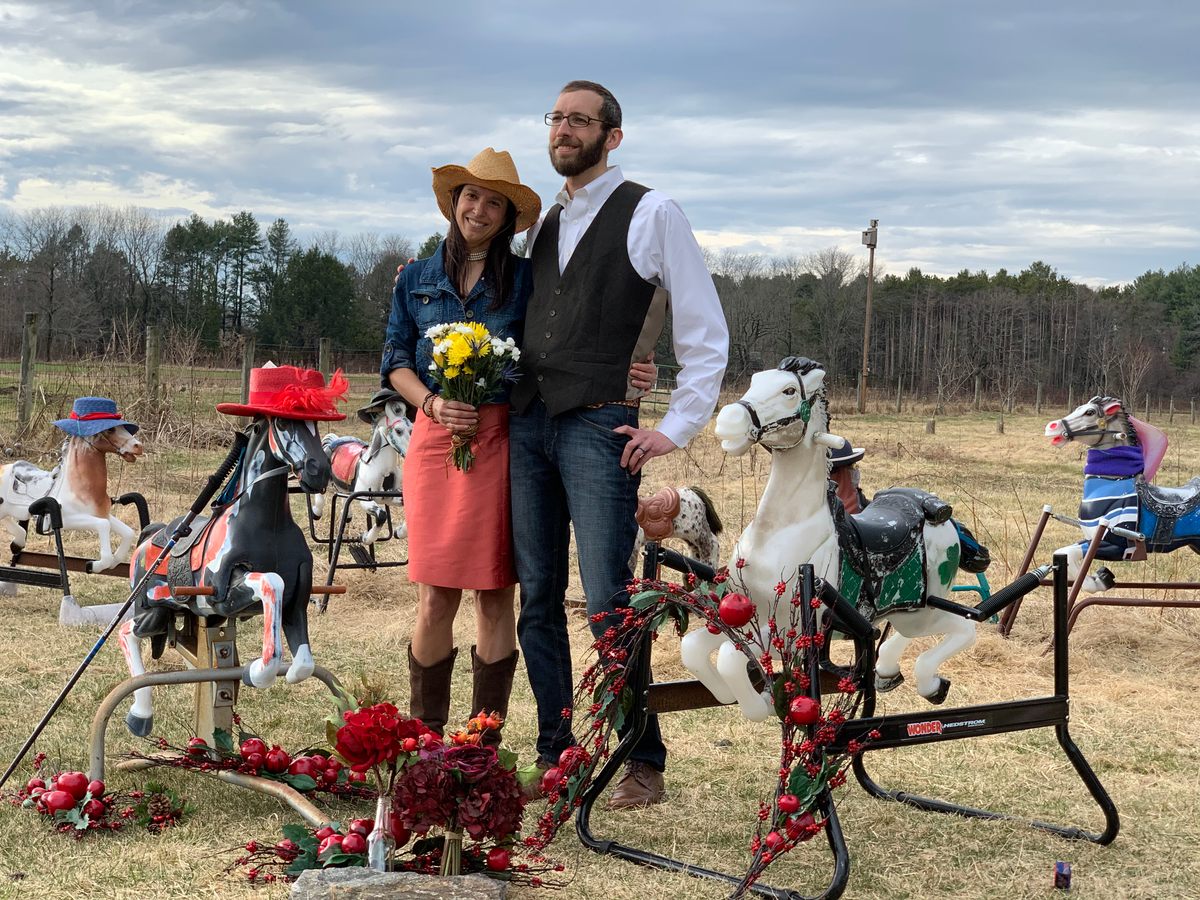
Michele Grzenda, who lived in the town for 13 years before moving to nearby Newton, and who now works as Lincoln’s conservation director, got married there in March 2020, decked out in boots, a denim jacket, and a wide-brimmed straw hat. The horses sported hats, too, as if they were cantering off to church, or to watch their kin race in the Kentucky Derby. While living in Lincoln, Grzenda would often pass Ponyhenge on trail runs. She and her now-husband wanted a simple wedding somewhere outside, and since a recent surgery made it hard for him to walk very far into the woods, the couple needed somewhere near a road. “I grew up kind of wanting to be a cowgirl, and at some point, it occurred to me—we could have a Western wedding and get married at Ponyhenge,” she says.
They pulled it off with just a few days’ notice. Four (human) friends were in attendance as they were married by a town clerk the same day that Massachusetts Governor Charlie Baker announced that he wouldn’t order residents to shelter in place as COVID-19 stampeded across the state. The couple had always wanted a small, serendipitous wedding, and this one “was a glimmer of hope in the chaos and confusion” of the state’s early days of the pandemic, Grzenda says. They returned this spring, masked, to celebrate their one-year anniversary.
Leslie Turek, who moved to Lincoln in 2010, recently took an out-of-town friend to meet the ponies. “She thought it was great,” Turek says. She likes that winding stretch of road, and has appreciated seeing the ponies sporting Santa hats in December. “Having something like that in a public space that gets played with but not harmed—it’s kind of a beautiful thing,” she adds. Turek and her friend visited around noon, and saw someone loading one of the toys into a car. “It occurred to us that perhaps some people treat it as a Little Free Library for rocking horses,” Turek says.
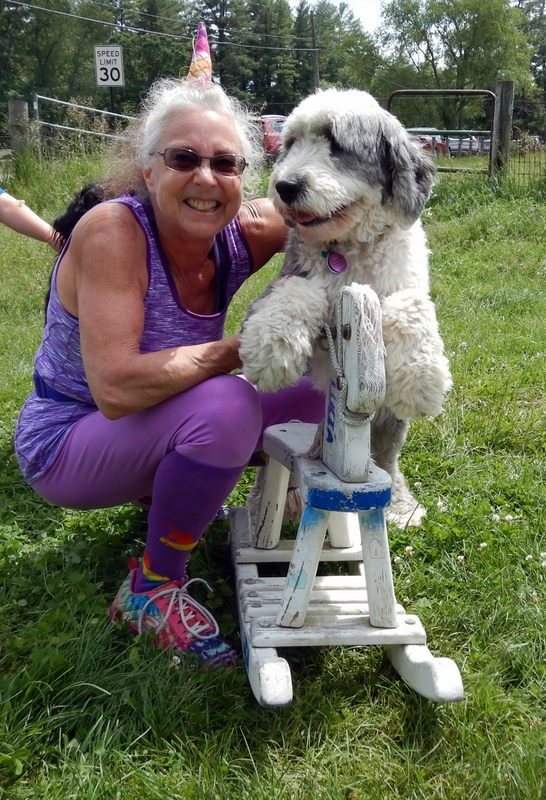
I brought my parents and brother last weekend when they visited from Michigan, and they appreciated it as a kind of museum of childhood. My dad loved thinking about how the installation is a window into changing standards of safety and play—older versions had exposed metal springs, while some newer ones were covered with plastic or synthetic cloth to prevent pinching. My brother lingered near a horse collared with a handwritten sign saying it was installed in honor of a person named Frances Elliot, and had been loved by seven grandchildren and their friends. He talked in a hushed voice, thinking about generations of riders who had passed on. He was reverential, as if spirits of childhood were slipping their feet into the plastic stirrups.
Ponyhenge, I learned, is also a great spot for antics. Boo Gershun, 62, who lives in nearby Bedford, recently visited with several friends she met in trapeze class. Mostly women in their 50s and 60s, they dubbed themselves the Fabulous Friday Flying Friends, and each Friday they share a new little adventure. One of the members suggested Ponyhenge, and earlier this month, a handful of them drove in from other towns to check it out. “It looked like something we could climb on and have fun with,” Gershun says.
Her crew sported matching unicorn horns and clambered on the animals, miming races and bending themselves into yoga poses. Gershun helped her Bernese mountain dog, Kia Ora, and her Old English sheepdog, Lista, ride the ponies, too. “We managed to kill 45 minutes there, which might be a record,” Gershun says. “I think going in a group was ideal. People can say, ‘Let’s try this, let’s try that.’ We’re not above doing anything, which could be embarrassing, but instead we just embrace it.”
Pingeon says that one of the unexpected benefits of Ponyhenge, especially during the past year, has been that it gives people something to connect over. “One of the things I like about it, especially during COVID, is that it gave me a chance to talk to people in real life,” he says.
That turned out to be the highlight for me, too. Back in January, mourning the experience of crowding into bars packed with fellow football fans from her alma mater, The Atlantic’s Amanda Mull described missing “all of those people I only sort of know.” That was the pang I felt throughout the first wave in Brooklyn. Privileged to work from home and worried that preexisting medical conditions might make me vulnerable to a tough rumble with the virus, I mostly stayed inside, alone. I lived down the street from a hospital and near makeshift morgues—cold trucks packed with bodies—and for much of last March, April, and May, I hunkered in my bedroom, washed in puddles of red light that ambulances sent splashing in my windows. I missed being outside, so I conducted a census of the arthropods living in my apartment and chronicled the leaves budding on the lone sweetgum tree I could see outside my window. But mainly, I missed people.
Digitally, I stayed connected to my parents and closest friends, who had scattered across several states. But I missed the people I barely knew, who had still become part of the ways I mapped the days—the woman on the morning bus ride who had a charmingly inexhaustible supply of patterned dresses with owls on them, the guy who nodded at me over his coffee cup when we boarded the same subway car each weekday for several years. I missed my neighbors, most of whom I’d never met. I moved into that apartment on March 1, 2020, and had encountered almost no one before we began avoiding each other in the hallways and stairwells. I had hoped to put down social roots there, but the pandemic blew in like an unseasonable frost, stunting friendships that hadn’t grown bigger than seedlings.
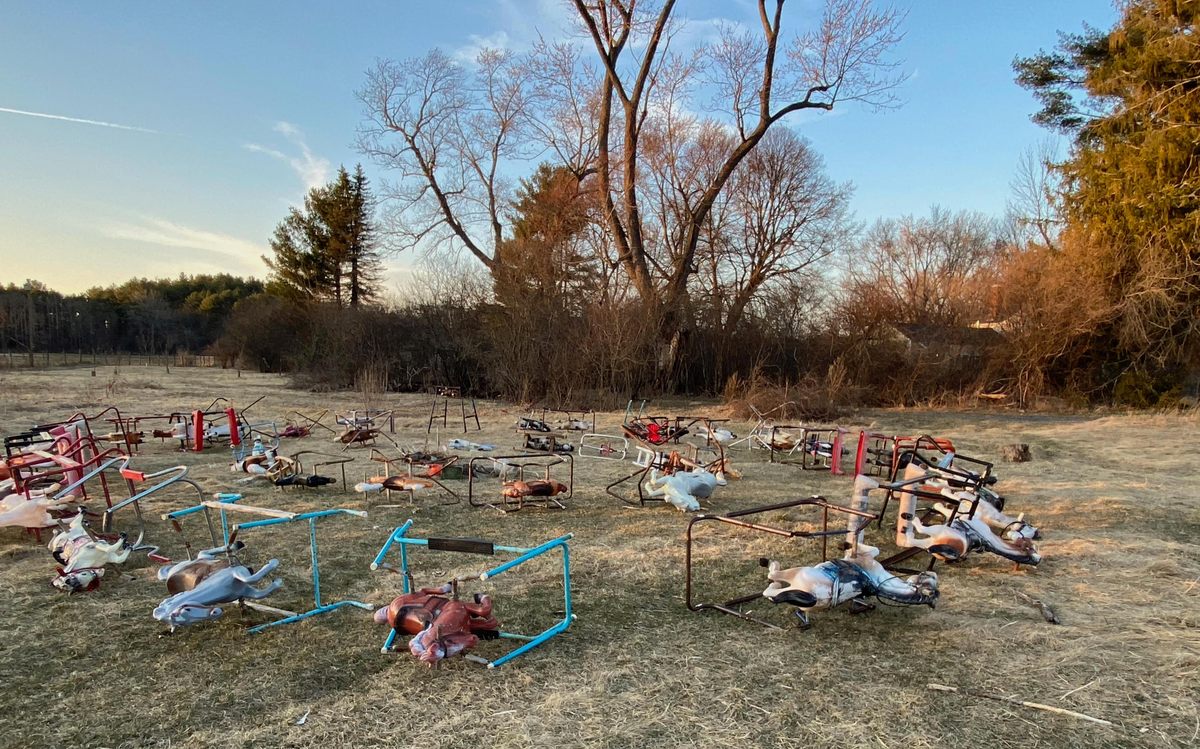
I suspect most journalists are fascinated by people—you could call it inquisitiveness, if you’re feeling generous, or nosiness, if you’re not—and a bit of unscripted, unexpected banter over a breakfast order or a wriggling puppy is enough to make me feel fizzy for hours. Pandemic encounters were stifled and strange, often mediated by screens and two people who desperately wanted to stop staring at them. For me, serendipitous encounters largely evaporated until very recently; I’m still easing back into them. I conducted most of the reporting for this story over the phone; I’m still skittish around people face-to-face. My social skills are currently coltish—energetic and stumbling—and I’m trying to settle back into a steady gait.
It was easy to relate to the ponies: The pandemic has left many people frozen mid-jump, stuck, rattled but stationary. We’ve been waiting to feel like we’re not just bouncing in place. Listening to people talk about the ponies, and going to visit them myself, has felt like an adventure—a small one, one that doesn’t require a passport or take up more than an afternoon. And that has been so welcome. Whenever it’s safe to do so where you are, I hope you’ll look at your town with curiosity—maybe with Atlas Obscura’s help—and see what else there is to learn about the place you live, and the people who make it feel alive.
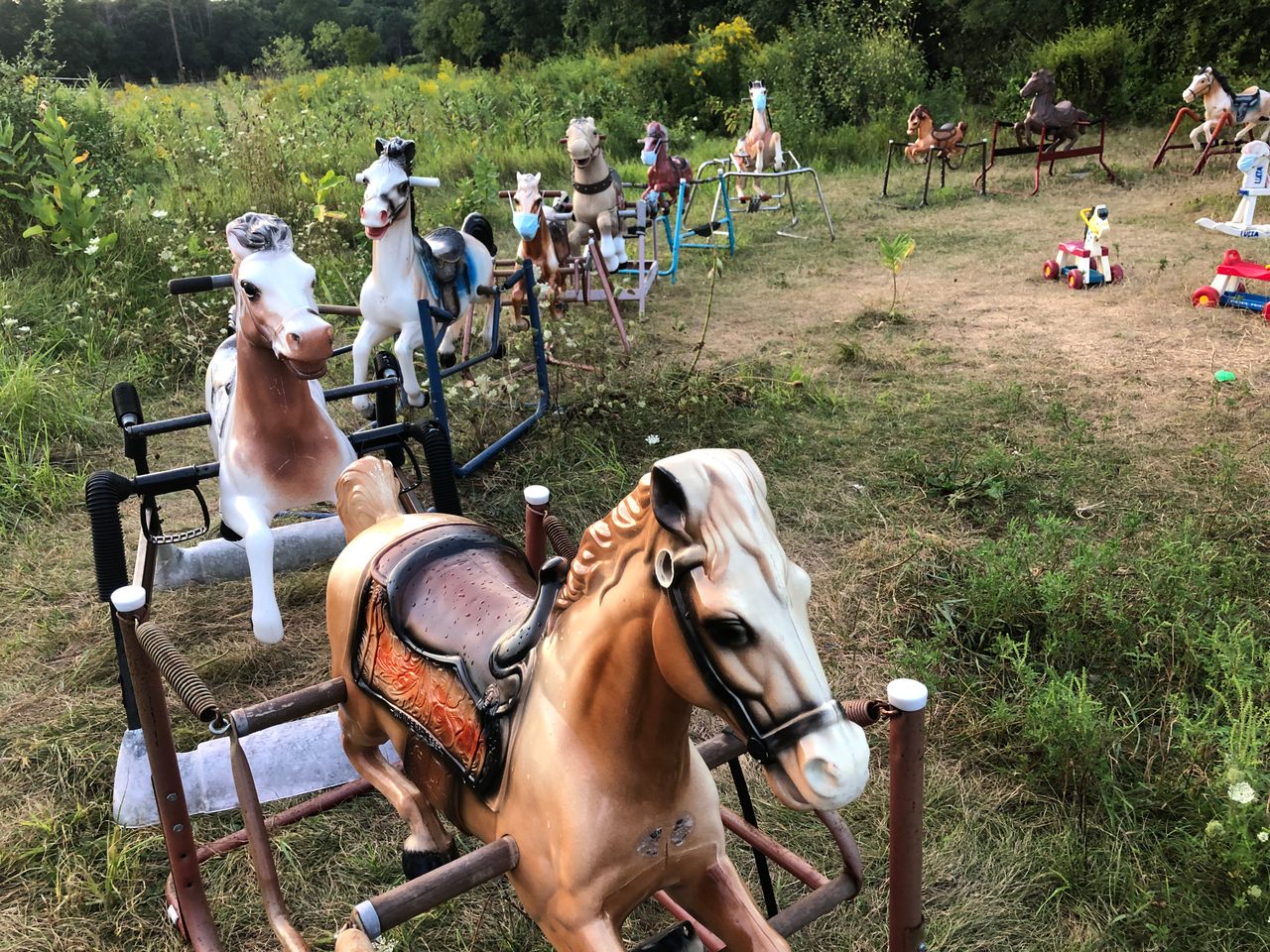
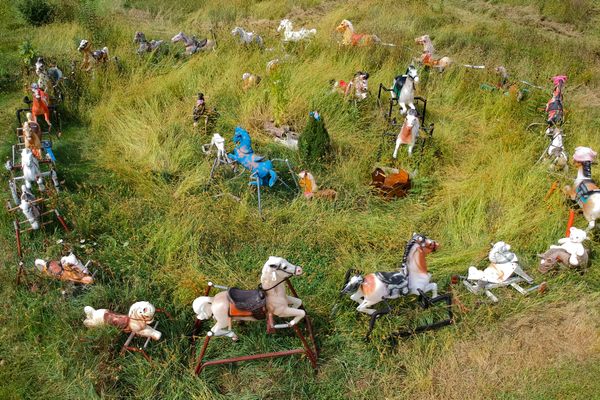

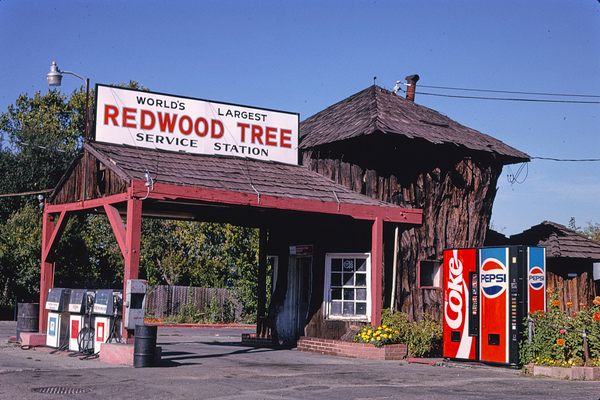





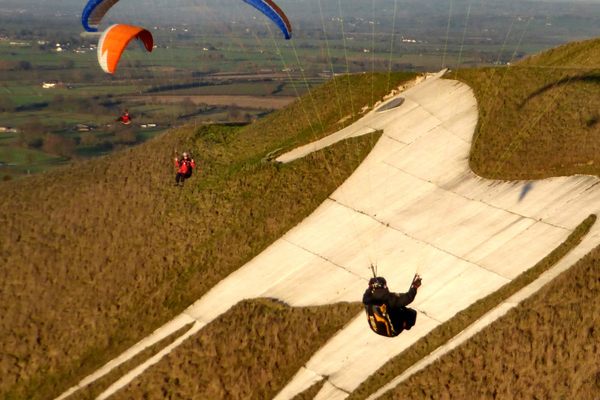










Follow us on Twitter to get the latest on the world's hidden wonders.
Like us on Facebook to get the latest on the world's hidden wonders.
Follow us on Twitter Like us on Facebook